Invasive species are non-native plants or animals that have become established and negatively impact the local ecosystem balance. Often, introduced species have no natural predators or competitors in their new location and this allows the species to aggressively expand their range and out compete native species. Typically species introductions occur as a result of human activities, accidental and intentional. In the marine environment species may be introduced from ship ballast water during planktonic phases of life or as encrusting creatures on the hulls of vessels. As a result, harbours are hot spots for species introductions. Species can also be introduced or expand their range by traveling on currents to other suitable habitats. With climate change many species ranges are expanding northward as conditions become favourable.
Impacts from invasive species can vary depending on the species. They may displace other species and form dense mono-cultures, or they may predate on native species, or disturb habitat through their activities. European green crabs, for example, eat native crabs and other shellfish while also burrowing and damaging eelgrass, in some cases resulting in a total loss of meadows. These impacts affect the entire coastal food web including Pacific salmon that rely on eelgrass meadows for forage and refuge.
